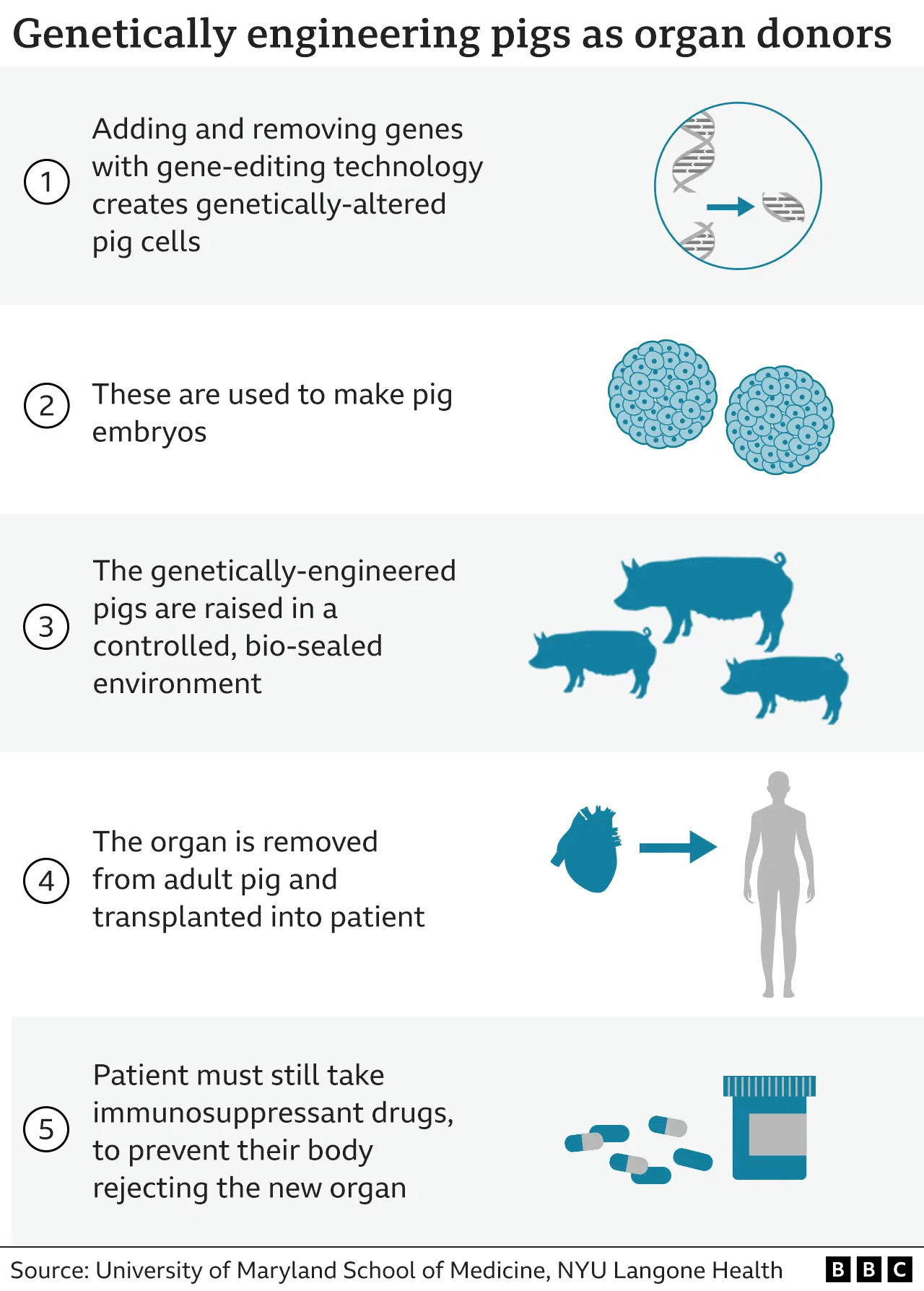
Canopy Bridges Across Track in Gibbon Habitat
Subscribers of "Current Affairs" course can Download Daily Current Affairs in PDF/DOC
Subscribe to Never Miss an Important Update! Assured Discounts on New Products!
Must Join PMF IAS Telegram Channel & PMF IAS History Telegram Channel
- Context (TH): The Northeast Frontier Railway (NFR) has earmarked funds to construct canopy bridges for hoolock gibbons to move across the Mariani-Dibrugarh railway track.
- The railway track set to be doubled and electrified is bifurcating the Hollangapar Gibbon Sanctuary.
- The fragmentation has disturbed the gibbon’s arboreal nature, putting it at risk when crossing the track.
- Designed by the Wildlife Institute of India (WII), the canopy rope bridges will be installed so that lianas and creepers can be guided along them, making them look as natural as possible. Earlier, the NFR built an artificial canopy bridge, while the State Forest Department erected a natural one. The gibbons used the natural canopy but ignored the artificial bridge.
Hoolock Gibbon
- The Hoolock gibbons (or the white-browed gibbons) are one of 20 species of apes on Earth.
- They are the only ape species found in India.
- Hoolock gibbons are the second largest of the gibbons, after the Siamang.
- Appearance:
- Both male and female gibbons are similar in size but differ significantly in colouration. Males are black with striking white brows, while females have grey-brown fur, darker at the chest and neck.
- White rings around the eyes and the mouth give their face a mask-like appearance.
- Behaviour:
- They are diurnal and arboreal. With slender, long arms, they swing from tree to tree in a mode of locomotion known as Brachiation. They can brachiate at speeds up to 55km/hr and can cover 6m in just one swing. They spend much of their time on the upper canopy of tall trees, mostly the hollong.
- They live together in monogamous pairs, which stake out a territory.
- They are known for their vocalisation, through which they locate family members and ward off other gibbons from their territory.
- Their diet consists mainly of fruits, insects and leaves.
- Reproduction: Females give birth to one offspring every 2-3 years. Young hoolocks are born after a 7-month gestation with milky white fur. They become fully mature after 8 to 9 years.
- Life expectancy: About 25 years in the wild.
|
|
Western Hoolock Gibbon |
Eastern Hoolock Gibbon |
|
|
|
|
 |
 |
Hollongapar Gibbon Sanctuary
- Hoollongapar Gibbon Sanctuary is an evergreen forest area located in the Jorhat district, Assam.
- It is home to the western hoolock gibbon and Bengal slow loris, NE India’s only nocturnal primate.
- Other primate species it shelters are the Assamese macaque, the capped langur, the northern pig-tailed macaque, the rhesus macaque, and the stump-tailed macaque.
- Concern: It has become a forest island due to lost connectivity with surrounding forest patches.





![PMF IAS Environment for UPSC 2022-23 [paperback] PMF IAS [Nov 30, 2021]…](http://pmfias.b-cdn.net/wp-content/uploads/2024/04/pmfiasenvironmentforupsc2022-23paperbackpmfiasnov302021.jpg)











